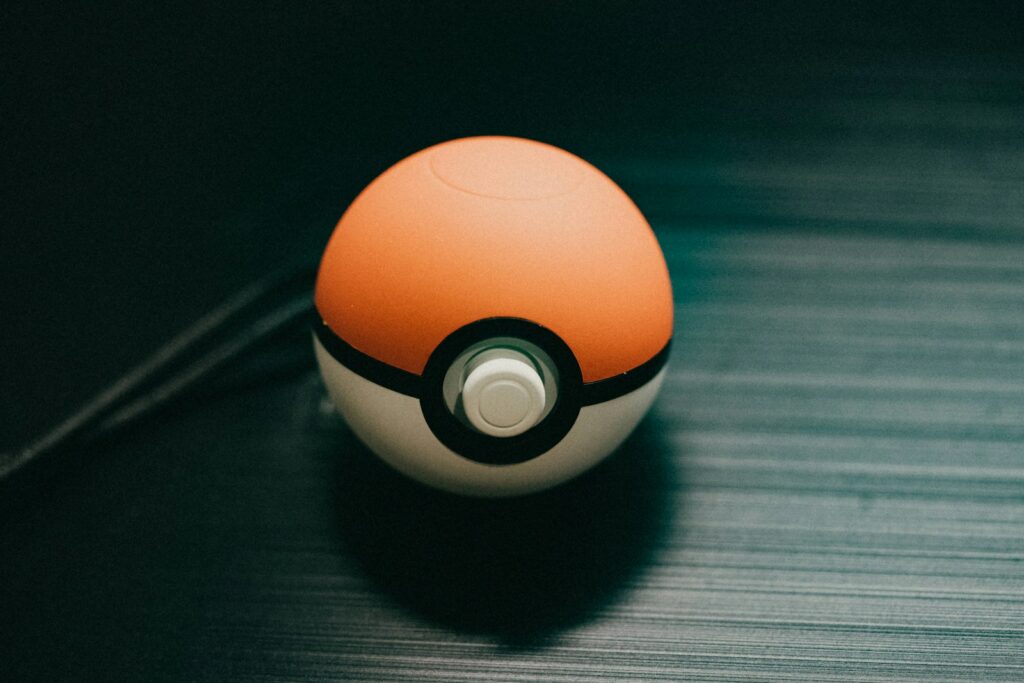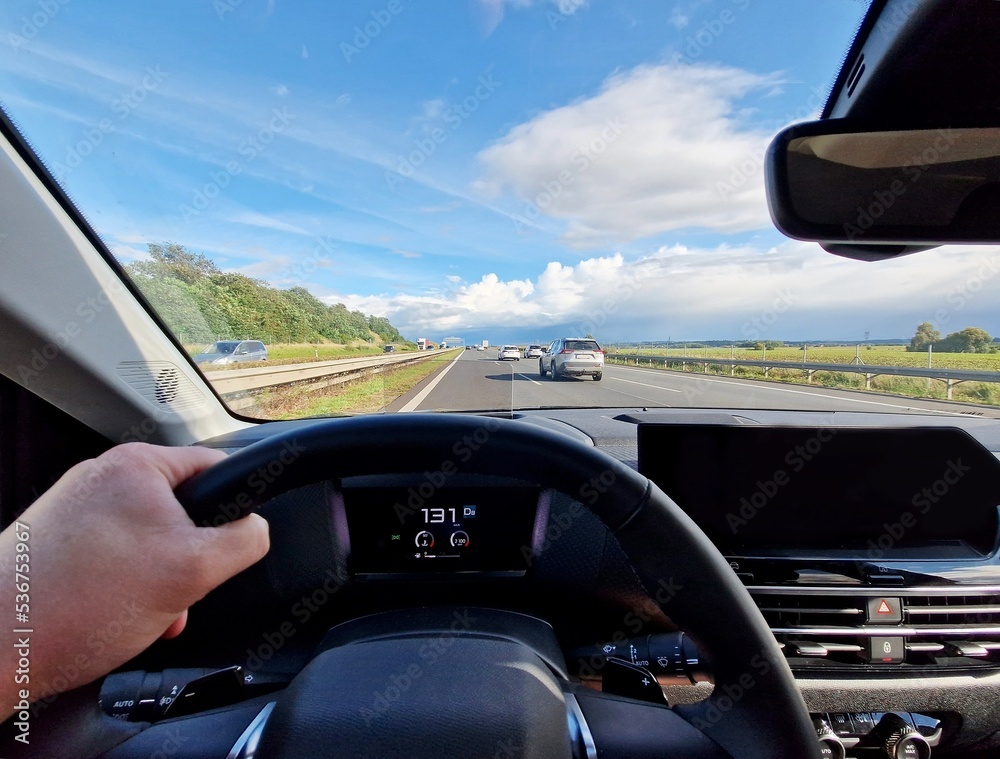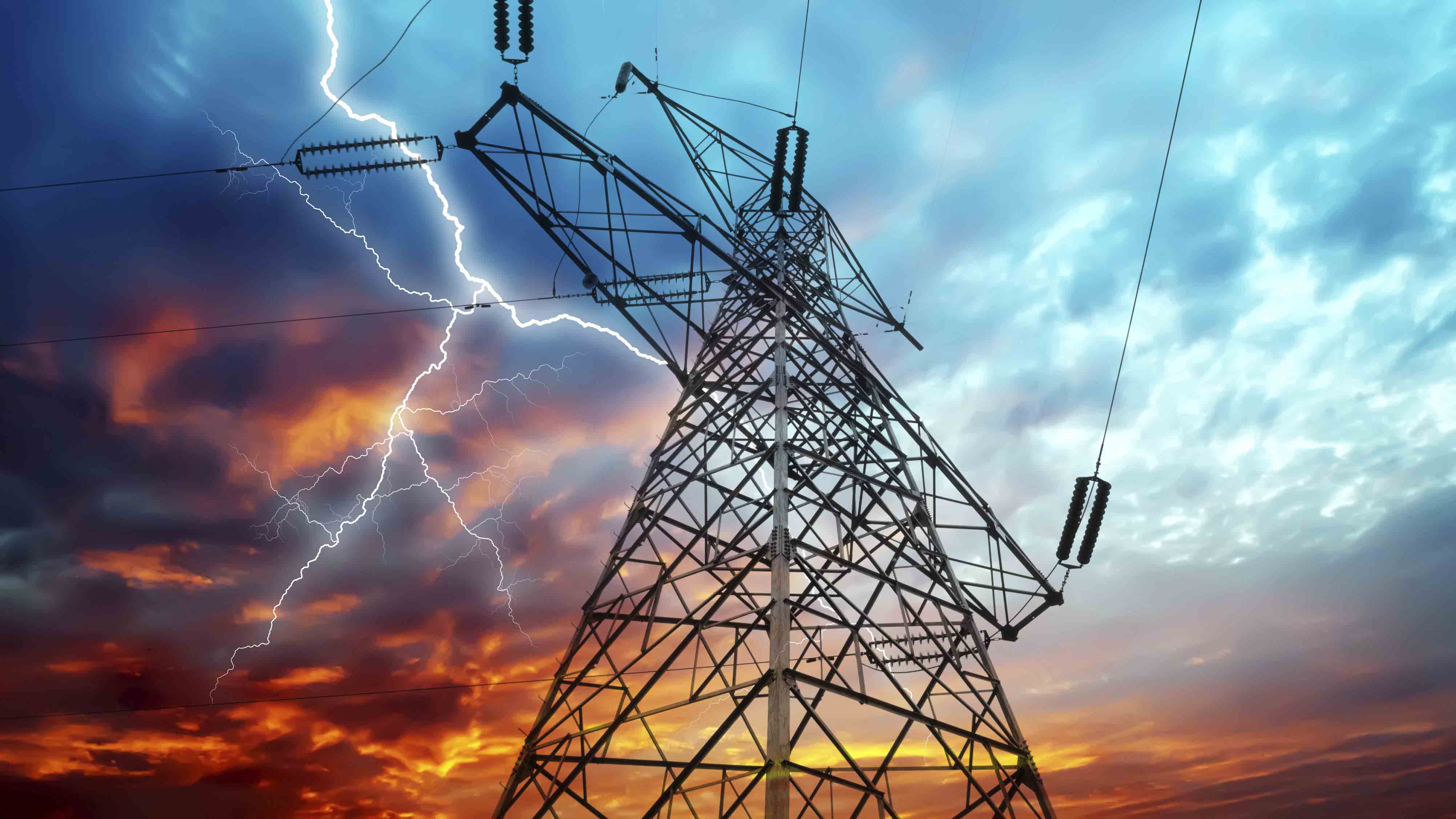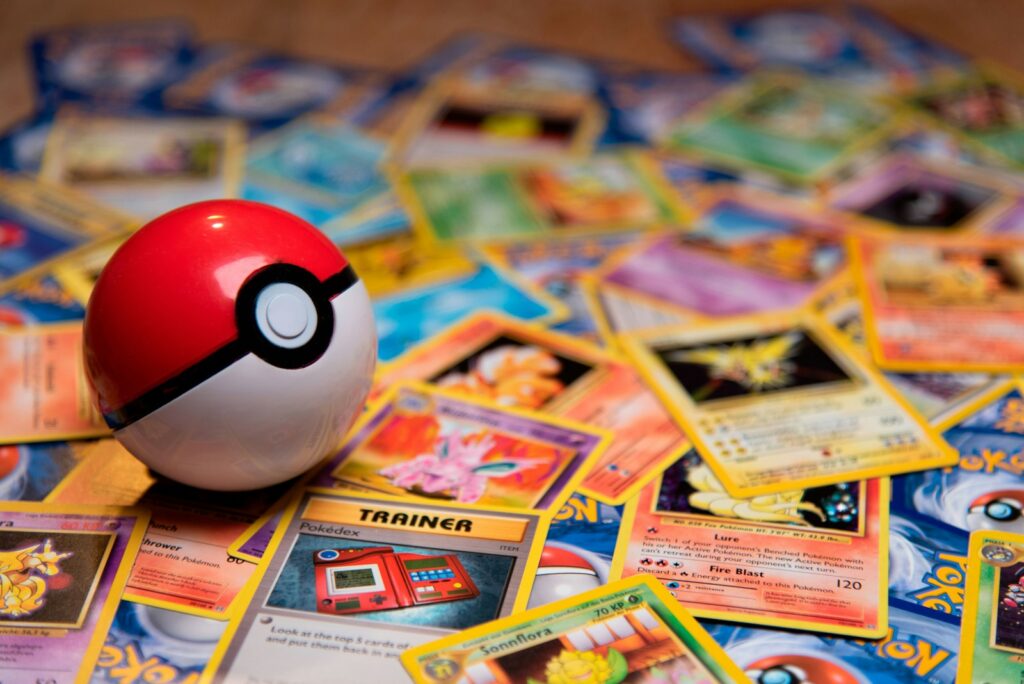
Alright, Pokémon Trainers, gather ’round! Whether you’re a seasoned veteran or just starting your journey, understanding the intricate world of Pokémon types is absolutely crucial to mastering the art of battle. It’s not just about collecting cute creatures; it’s about strategizing, adapting, and leveraging the unique properties that make each Pokémon and its moves truly special.
From the very first generation, these elemental classifications have defined the way we play, dictating everything from a move’s power against a target to a Pokémon’s inherent strengths and weaknesses. With 19 distinct types now shaping the landscape, navigating this complex web can seem daunting, but fear not! We’re here to break down some of the most fundamental and fascinating types, giving you the insights you need to build an unbeatable team and truly “level up your game.”
So, grab your Poké Balls, prepare your minds for some serious strategic upgrades, and let’s dive deep into the properties that turn a simple encounter into a thrilling clash of elemental forces. We’re going to explore what makes each of these types tick, how they interact with others, and why they’re indispensable parts of the Pokémon universe.

1. **Normal Type**
First up, let’s talk Normal types! As one of the original classifications introduced in Generation I, these Pokémon might seem basic, but they bring a surprising depth to strategic play. Don’t underestimate them; Normal-type Pokémon are pivotal in balancing out a team with their unique immunities and specific weaknesses that trainers must always consider.
Offensively, Normal-type moves are generally straightforward, typically dealing regular damage against most foes. However, their most striking feature is their complete ineffectiveness against Ghost-type Pokémon, which means Normal attacks deal “no damage” at all to them. This crucial immunity demands careful planning, ensuring you don’t waste turns trying to hit an immune opponent.
Defensively, Normal types have a clear vulnerability: Fighting-type moves are “super effective” against them, hitting for double damage. But here’s the kicker: they are also completely immune to Ghost-type attacks. This creates a fascinating symmetry, as “Normal and Ghost are the only two types that are immune to each other both ways,” making them defensively tricky and tactically rewarding.
Read more about: Your Essential AI Playbook: 15 Rules for Navigating ChatGPT Safely and Smartly

2. **Fire Type**
Ready to feel the burn? The Fire type ignites the battlefield with scorching attacks and a powerful presence, a cornerstone of the Pokémon world since Generation I. Fire-type Pokémon are all about bringing the heat, making them incredible offensive assets for trainers looking to scorch their opponents with intense, type-advantaged attacks.
Offensively, Fire-type moves truly shine, being “super effective” against Grass, Ice, Bug, and Steel types, dealing double the damage. This makes them absolute game-changers against some of the most common defensive and offensive threats. However, remember that Fire-type moves are “not very effective” against Water, Rock, and Dragon types, so choosing your targets wisely is key.
Defensively, Fire-type Pokémon are resilient against several common types, resisting Grass, Ice, Bug, and Steel attacks by taking only half damage. But beware! Water, Ground, and Rock-type moves are “super effective” against them, posing a significant threat. Mastering Fire types means knowing when to unleash their power and when to switch them out to avoid getting extinguished.
Read more about: 14 Practical Ways Drones Revolutionize Off-Road Trail Scouting for Enthusiasts
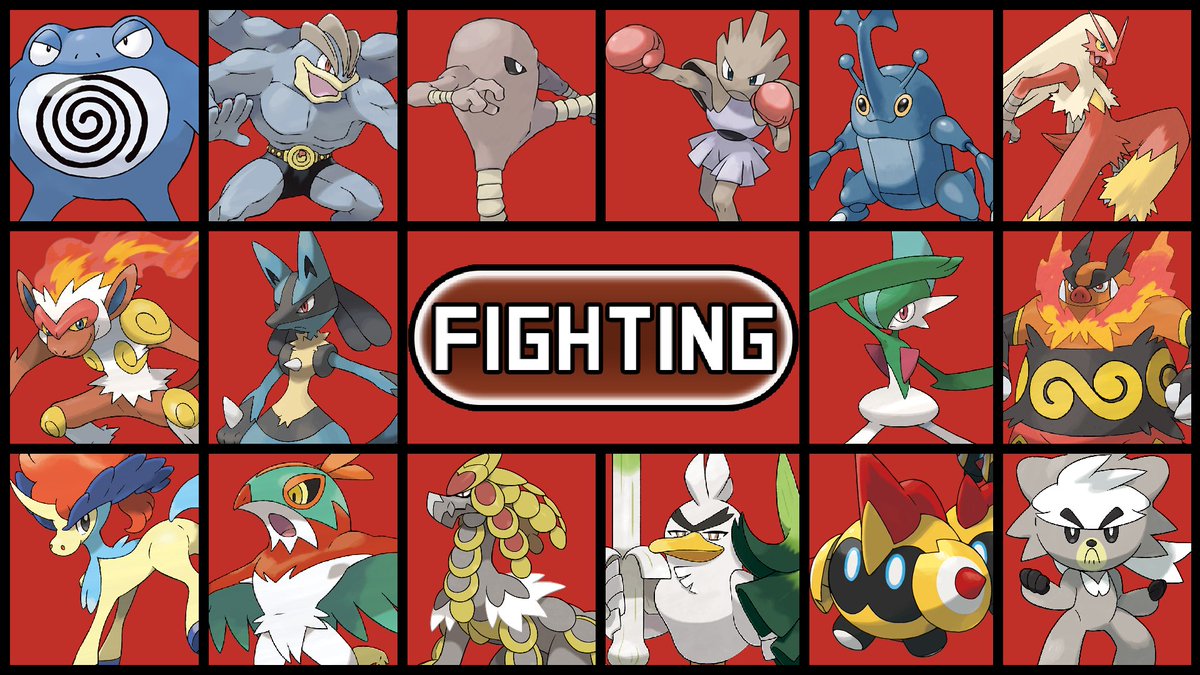
3. **Fighting Type**
When it’s time for some serious muscle, the Fighting type charges into action! Another original type from Generation I, Fighting-type Pokémon are synonymous with raw power and determination. They are masters of close combat, designed to punch, kick, and grapple their way through many opponents, making them essential for a straightforward, offensive battle style.
Offensively, Fighting-type moves are incredibly potent, boasting “super effective” damage against Normal, Ice, Rock, Dark, and Steel types. This broad coverage makes them indispensable for breaking through sturdy defenses and threatening many popular Pokémon. Always be mindful, though, as they are “not very effective” against Flying, Poison, Bug, Psychic, and Fairy types, and completely ineffective against Ghost.
Defensively, Fighting-type Pokémon can take a hit from Rock, Bug, and Dark moves, resisting them for half damage. However, they are vulnerable to Flying, Psychic, and Fairy-type attacks, which strike for “double damage.” This means positioning and team synergy are crucial to maximize their impact while minimizing exposure to their significant weaknesses.
Read more about: 14 Practical Ways Drones Revolutionize Off-Road Trail Scouting for Enthusiasts

4. **Water Type**
Making a splash with incredible versatility and defensive prowess, the Water type has been a bedrock of Pokémon battles since Generation I. Representing everything from tranquil lakes to raging oceans, Water-type Pokémon are prized for their ability to drench opponents with powerful liquid assaults and often withstand significant damage, making them central to many balanced teams.
Offensively, Water-type moves are incredibly potent, dealing “super effective” double damage against Fire, Ground, and Rock types. This makes them prime candidates for countering common threats and provides critical offensive momentum. Just remember, they are “not very effective” against other Water types, as well as Grass and Dragon, so pick your attacks strategically.
Defensively, Water-type Pokémon are quite robust, resisting Fire, Water, Ice, and Steel-type attacks by taking only half damage. Their main vulnerabilities, however, are Electric and Grass-type moves, which hit for “double damage.” Understanding these matchups allows Water types to serve as reliable anchors or swift switch-ins, absorbing hits while setting up for a counter-attack.
Read more about: 14 Practical Ways Drones Revolutionize Off-Road Trail Scouting for Enthusiasts
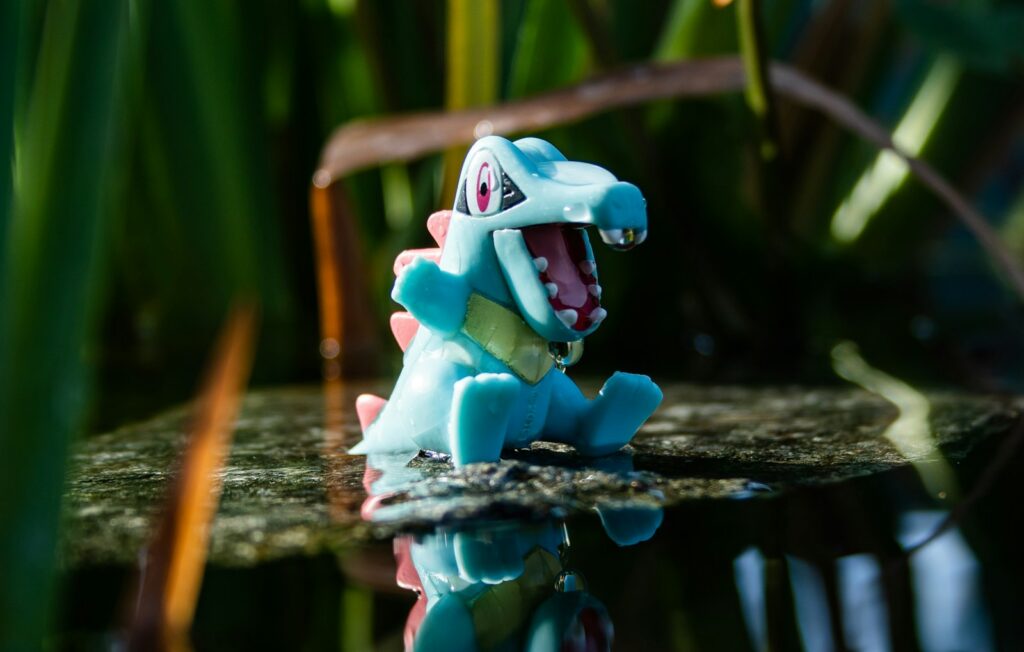
5. **Flying Type**
Soaring majestically above the fray, the Flying type brings an unparalleled blend of speed, evasion, and aerial assaults to the Pokémon universe. A staple since Generation I, Flying-type Pokémon often embody grace and power, allowing them to skirt ground-based threats and deliver precise strikes from the skies. Their distinct properties make them invaluable for any trainer seeking dynamic battlefield control.
Offensively, Flying-type moves are remarkably effective, landing “super effective” hits against Fighting, Bug, and Grass types for double damage. This makes them ideal for quickly dispatching problematic foes that might otherwise threaten your team. Remember, though, they are “not very effective” against Rock, Steel, and Electric types, requiring careful target selection.
Defensively, Flying types possess a game-changing immunity: “Ground-type moves” deal “no damage” to them at all. This allows them to completely avoid one of the most common offensive types! However, they are vulnerable to Electric, Ice, and Rock-type moves, which are “super effective.” Navigating these strengths and weaknesses is key to maximizing a Flying Pokémon’s potential in battle.
Read more about: 14 Practical Ways Drones Revolutionize Off-Road Trail Scouting for Enthusiasts
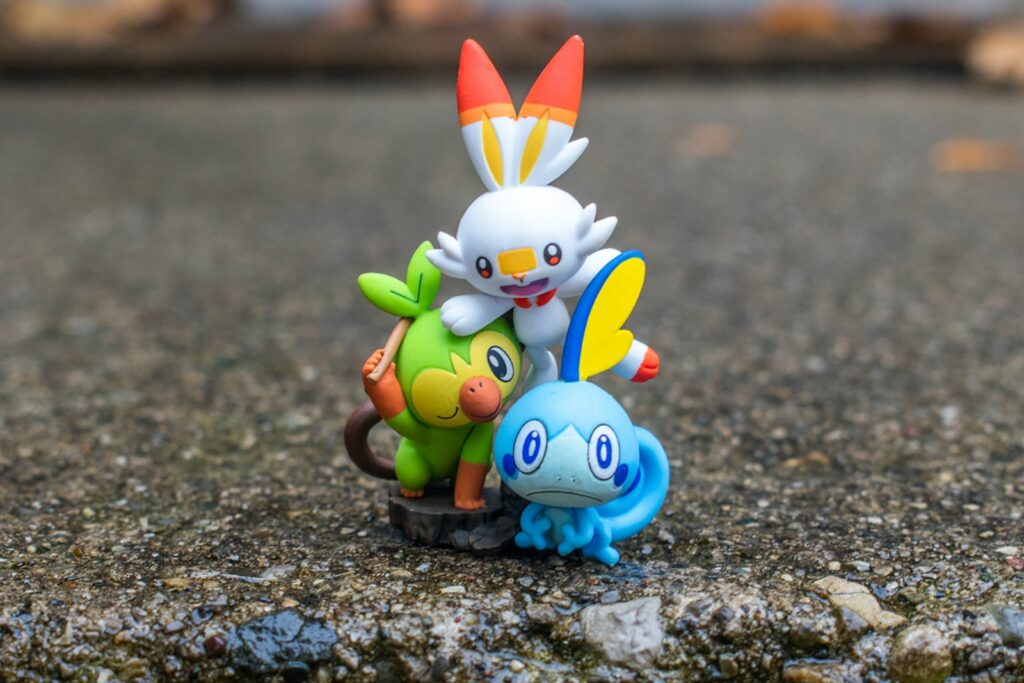
6. **Grass Type**
Deeply rooted in nature and brimming with a vibrant array of strategies, the Grass type has been an essential part of the Pokémon ecosystem since Generation I. Grass-type Pokémon often offer unique support capabilities, disruptive status effects, and potent offensive pressure against specific threats, making them tactical and versatile choices for trainers aiming for battlefield control.
Offensively, Grass-type moves are incredibly effective against particular opponents, dealing “super effective” double damage to Ground, Rock, and Water types. This makes them superb for dismantling sturdy defensive walls or drenching powerful Water-type attackers, providing vital offensive momentum. Be aware that they are “not very effective” against Flying, Poison, Bug, Steel, Fire, and Dragon types.
Defensively, Grass-type Pokémon face several challenges, being “super effective” against Bug, Fire, Flying, Ice, and Poison-type moves, meaning these attacks deal double damage. However, they resist Ground, Water, Grass, and Electric-type moves, taking only half damage. Plus, a fantastic bonus: “Grass-type Pokémon are immune to Leech Seed,” enhancing their resilience in prolonged fights.
Read more about: A Dog Trainer’s Candid Confession: Why I Steer Clear of Dogs with These Potentially Harmful Traits

7. **Poison Type**
Slipping into battle with insidious tactics and a mastery of status conditions, the Poison type has been a uniquely disruptive force in the Pokémon world since Generation I. Often linked with toxicity and strategic attrition, Poison-type Pokémon excel at wearing down opponents over time, making them excellent for trainers who prefer a methodical and debilitating approach to conflicts.
Offensively, Poison-type moves are surprisingly effective against certain foes, delivering “super effective” double damage to Grass and Fairy types. This makes them crucial for countering both established threats and the more recently introduced Fairy types. However, remember they are completely ineffective, dealing “no damage” to Steel-type Pokémon, a critical immunity to navigate.
Defensively, Poison-type Pokémon exhibit resilience against several common types, resisting Fighting, Poison, Bug, Grass, and Fairy-type moves by taking only half damage. Their primary weaknesses, however, lie with Ground and Psychic-type moves, which are “super effective” and will deal double damage. Crucially, “Poison-type Pokémon cannot be afflicted with poison,” making them immune to their own most common status effect.
Alright, fellow trainers, we’ve just scratched the surface of the elemental dance that defines Pokémon battles. If you thought the first batch of types was fascinating, hold onto your Poké Balls because we’re about to dive even deeper into the strategic genius behind some of the most electrifying, grounded, and outright legendary types that shape the competitive landscape. Each of these brings its own unique flavor to the mix, demanding keen observation and clever planning to truly master.
We’re talking about types that can turn the tide of battle with a single, well-placed move, disrupt opponents with uncanny abilities, or stand as impenetrable fortresses against common threats. Understanding their strengths, pinpointing their weaknesses, and knowing how they interact is the secret sauce to becoming a Pokémon master. So, let’s keep the journey going and uncover the hidden depths of these incredible classifications, continuing our quest to “catch ’em all” in terms of knowledge!
Read more about: A Dog Trainer’s Candid Confession: Why I Steer Clear of Dogs with These Potentially Harmful Traits
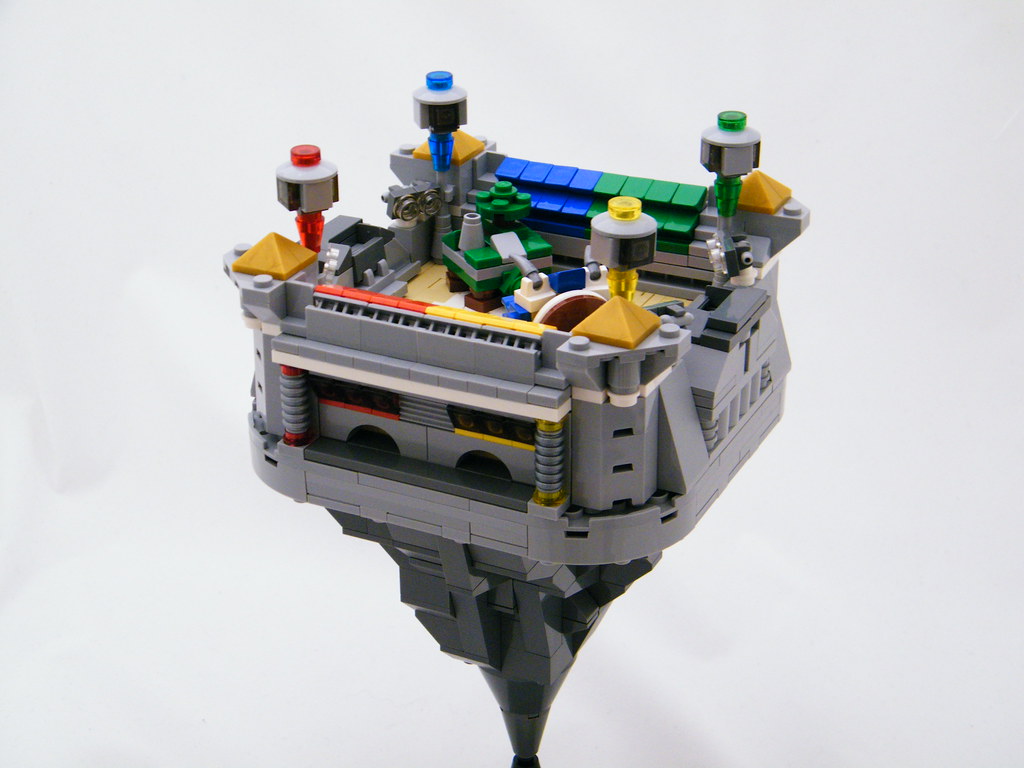
8. **Electric Type**
Zap! It’s time to talk about the Electric type, a true powerhouse since Generation I, known for its incredible speed and shocking offensive capabilities. These Pokémon are like live wires on the battlefield, ready to electrify opponents and control the flow of battle with their swift, potent attacks. They’re definitely not ones to be underestimated, especially when they unleash a full-throttle assault.
Offensively, Electric-type moves truly light up the arena by being “super effective” against both Water and Flying types, dealing double the damage. This makes them absolute champions for zapping aquatic foes or grounding high-flying threats. However, it’s wise to remember that their moves are “not very effective” against Grass, other Electric types, and Dragon types. And here’s a big one: Electric attacks deal “no damage” at all to Ground-type Pokémon, so always keep an eye on your opponent’s types!
Defensively, Electric-type Pokémon show resilience, resisting Flying, Steel, and other Electric-type attacks, taking only half damage. But every lightning bolt has a ground wire, and for Electric types, that’s literally the Ground type – “Ground-type moves” are “super effective” against them, hitting for double damage. An interesting tidbit: “Ground-type Pokémon are immune to Thunder Wave based on type interactions,” adding another layer of strategic depth when facing these electrifying creatures.
Read more about: The Ultimate Guide for Pet Owners: Uncovering the Top 14 Vehicles for Safe and Comfortable Travel with Canine Companions
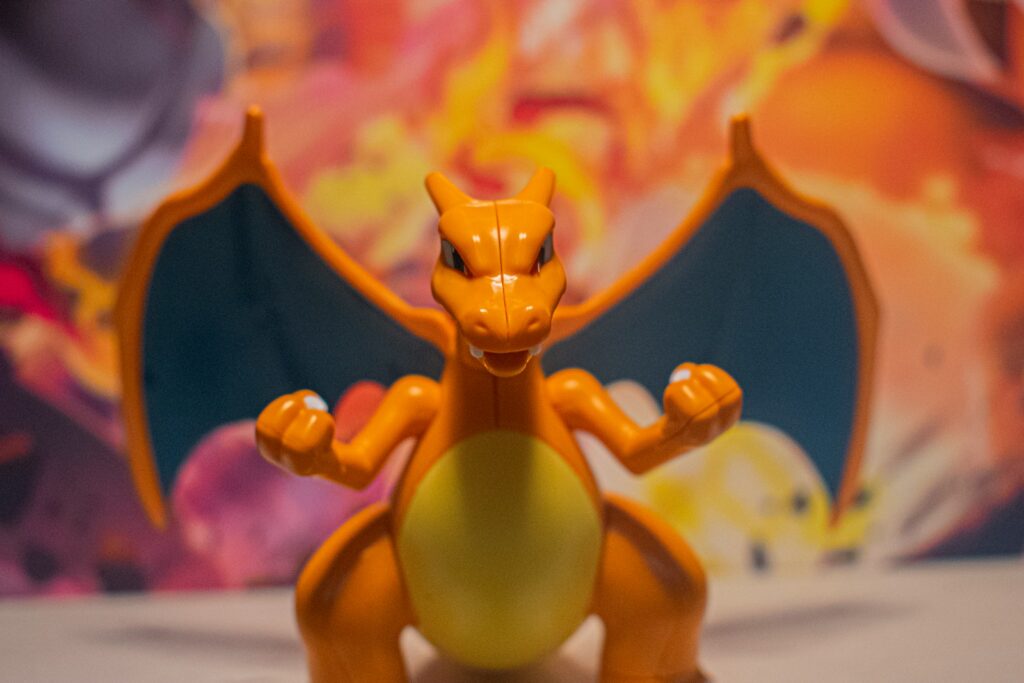
9. **Ground Type**
Time to get down and dirty with the Ground type, a foundational force since Generation I that truly anchors many teams with its robust presence and devastating offensive power. These Pokémon are masters of the earth, capable of shaking the very foundations of battle and providing crucial advantages against a wide array of opponents. If you need a reliable, hard-hitting partner, a Ground type is often your go-to.
When it comes to offense, Ground-type moves are incredibly versatile and powerful, dealing “super effective” double damage against Poison, Rock, Steel, Fire, and Electric types. That’s a serious lineup of types they can totally dominate, making them perfect for literally grounding some of the most common threats you’ll encounter. Just be mindful that their moves are “not very effective” against Bug and Grass types, and they deal “no damage” to those high-flying Pokémon, as Flying types are completely immune.
Defensively, Ground-type Pokémon are solid, resisting Poison and Rock-type attacks by taking only half damage, which helps them endure many common strikes. However, they do have some significant vulnerabilities: Water, Grass, and Ice-type moves are “super effective” against them, dealing double damage. Learning to navigate these matchups is key to effectively utilizing a Ground type’s immense power without letting them crumble under pressure.
Read more about: 14 Practical Ways Drones Revolutionize Off-Road Trail Scouting for Enthusiasts

10. **Psychic Type**
Get ready to bend spoons with your mind, because next up is the enigmatic Psychic type! Introduced in Generation I, these Pokémon harness incredible mental prowess, making them formidable foes that can often dictate the pace of battle with their unique blend of offensive pressure and strategic manipulation. They bring a touch of mystery and cerebral power to any team.
Offensively, Psychic-type moves can be incredibly impactful, delivering “super effective” double damage against both Fighting and Poison types. This makes them superb for shutting down many aggressive threats or neutralizing toxic strategies. However, be aware that their attacks are “not very effective” against Steel and other Psychic types. And here’s a major tactical consideration: Psychic moves deal “no damage” whatsoever to Dark-type Pokémon, so you’ll want to switch things up if one pops onto the field!
Defensively, Psychic-type Pokémon show some mental fortitude, resisting Fighting and other Psychic-type attacks, taking only half damage. But even the sharpest minds have their blind spots! Psychic types are vulnerable to Bug, Ghost, and Dark-type moves, which are “super effective” and strike for double damage. Mastering the Psychic type means knowing when to unleash their mental might and when to protect them from opponents that prey on their specific weaknesses.
Read more about: Remember Them? 14 ‘Cult’ Concepts That Defined — And Then Faded From — How We Talk About Groups

11. **Rock Type**
Solid as a mountain and tough as nails, the Rock type has been a steadfast presence in the Pokémon world since Generation I. These Pokémon embody raw resilience and powerful physical attacks, often serving as formidable defensive walls or heavy hitters that can withstand a lot of punishment while dishing out equally devastating damage. They are the bedrock of many balanced and aggressive teams.
Offensively, Rock-type moves pack a serious punch, being “super effective” against Flying, Bug, Fire, and Ice types, delivering double damage. This broad offensive coverage makes them indispensable for cracking open some of the most common and potent threats you’ll face. However, remember that their attacks are “not very effective” against Fighting, Ground, and Steel types, so picking your battles is crucial to maximize their impact.
Defensively, Rock-type Pokémon are quite robust, resisting Normal, Flying, Poison, and Fire-type attacks by taking only half damage. This makes them excellent candidates for soaking up damage from these common offensive types. But even the hardest rock can be chipped away: Rock types are vulnerable to Fighting, Ground, Steel, Water, and Grass-type moves, all of which are “super effective” and strike for double damage. These multiple weaknesses mean careful team planning is essential to cover their vulnerabilities.
Read more about: 14 Practical Ways Drones Revolutionize Off-Road Trail Scouting for Enthusiasts
12. **Ice Type**
Brace yourself for a blizzard of strategic possibilities with the Ice type, a chillingly effective force introduced in Generation I! While often seen as a purely offensive type, Ice-type Pokémon bring a unique set of advantages to the battlefield, capable of freezing out opponents and delivering devastatingly cold attacks that can chip away at even the sturdiest defenses.
Offensively, Ice-type moves are absolutely fantastic for their coverage, landing “super effective” double damage against Flying, Ground, Grass, and Dragon types. This makes them incredibly valuable for taking down some of the most powerful and annoying Pokémon out there. On the flip side, their moves are “not very effective” against Steel, Fire, Water, and other Ice types, so knowing when to switch up your strategy is paramount.
Defensively, Ice-type Pokémon are, perhaps surprisingly, only resistant to other Ice-type attacks, taking half damage. This means they can often struggle to tank hits from other common offensive types. They are particularly vulnerable to Fighting, Rock, Steel, and Fire-type moves, which are “super effective” and strike for double damage. However, here’s a cool perk: “Ice-type Pokémon are not damaged by Hail,” giving them a significant advantage in icy weather conditions, making them resilient in prolonged frosty fights.
Read more about: 14 Practical Ways Drones Revolutionize Off-Road Trail Scouting for Enthusiasts
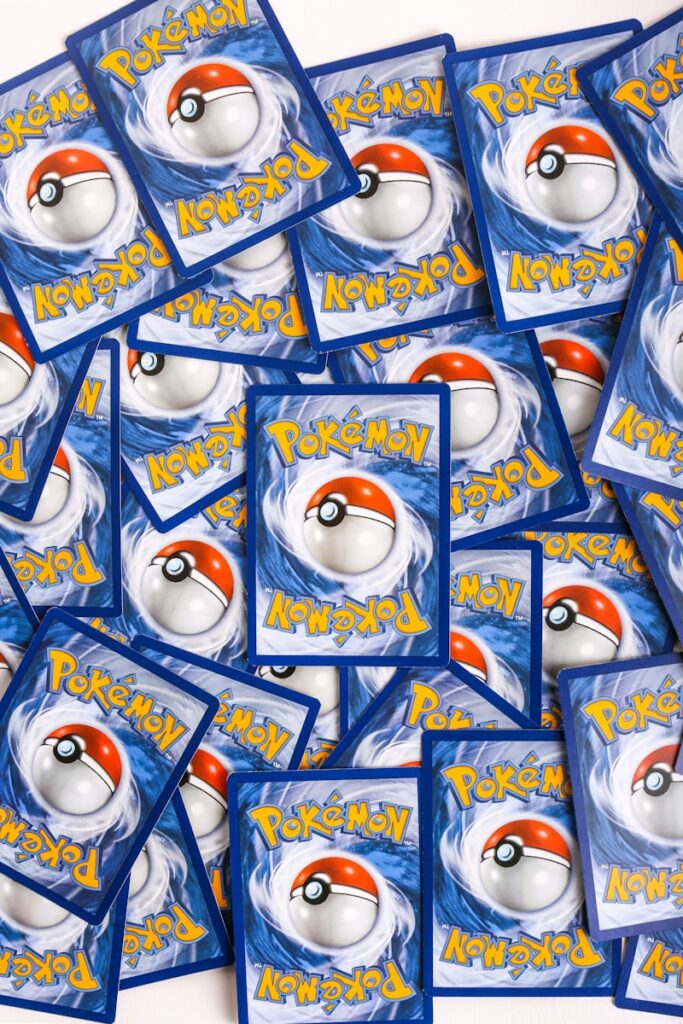
13. **Bug Type**
Don’t let their appearance fool you; the Bug type, present since Generation I, is far from a nuisance and can be an incredibly versatile and disruptive force on the battlefield! Often underestimated, Bug-type Pokémon can weave intricate strategies, surprising opponents with their unique resistances and surprisingly potent offensive capabilities against specific, high-profile threats.
Offensively, Bug-type moves are surprisingly potent, delivering “super effective” double damage against Grass, Psychic, and Dark types. This makes them fantastic for munching through defensive Grass types, shutting down powerful Psychic attackers, or crawling over elusive Dark types. However, they face a fair number of resistances: their moves are “not very effective” against Fighting, Flying, Poison, Ghost, Steel, Fire, and Fairy types.
Defensively, Bug-type Pokémon show some admirable resilience, resisting Fighting, Ground, and Grass-type attacks by taking only half damage. This allows them to effectively check some common offensive presences. Their primary weaknesses lie with Flying, Rock, and Fire-type moves, which are “super effective” and strike for double damage. And for a quirky bit of trivia, “Bug and Fighting are the only two types that are not very effective against each other both ways,” making for interesting stalemates!
Read more about: Your Essential AI Playbook: 15 Rules for Navigating ChatGPT Safely and Smartly
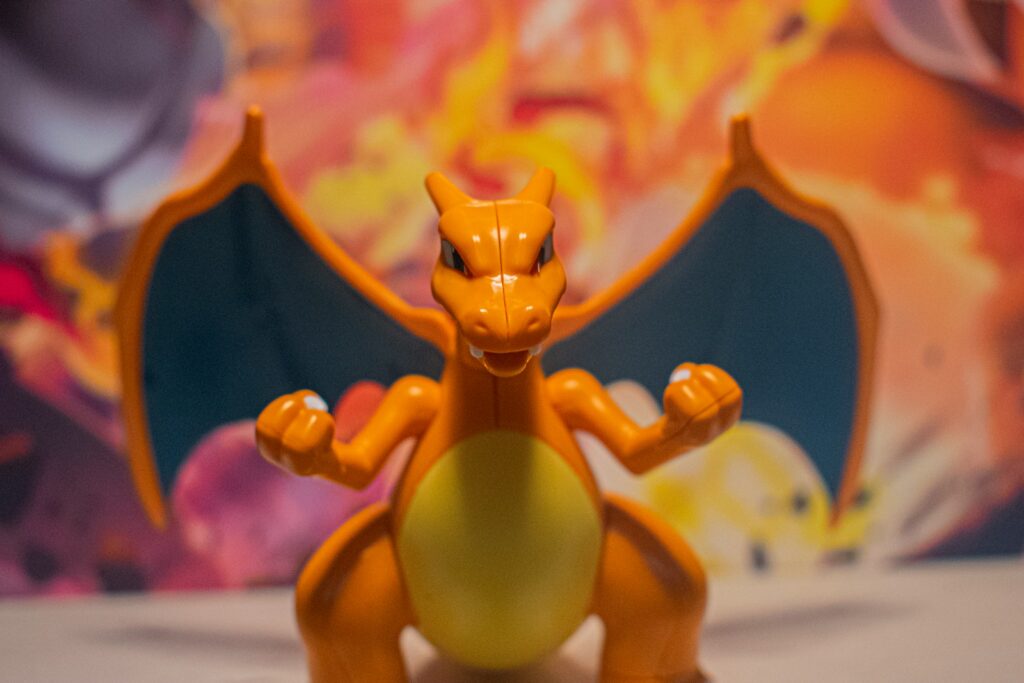
14. **Dragon Type**
Prepare to behold true majesty with the Dragon type! These awe-inspiring Pokémon, staples since Generation I, are often considered among the most powerful and coveted in the entire Pokémon universe. They command respect with their legendary status, formidable stats, and powerful attacks that can sweep through entire teams if left unchecked.
Offensively, Dragon-type moves are incredibly potent, primarily by being “super effective” against other Dragon types, dealing double damage. This means that in a clash of dragons, the faster or stronger one often prevails! However, their power isn’t universal: Dragon-type moves are “not very effective” against Steel types, and critically, they deal “no damage” at all to Fairy-type Pokémon, a type introduced in Generation VI that specifically counters dragons.
Defensively, Dragon-type Pokémon are notoriously tanky, resisting Fire, Water, Grass, and Electric-type attacks, taking only half damage from these common offensive types. This broad resistance profile makes them incredibly difficult to take down. Yet, they do have critical weaknesses: Ice, other Dragon, and Fairy-type moves are all “super effective” against them, dealing double damage. And here’s a fun fact: “Dragon and Ghost are the only two types that are super effective to themselves,” highlighting their unique position in the type chart.
Read more about: Unlocking the Power of Preparedness: 14 Simple Secrets to Mastering PR Crises Like Top Public Relations Teams
And there you have it, trainers! From the shocking power of Electric types to the ancient might of Dragons, we’ve journeyed through the intricate world of Pokémon types, unraveling the strategic tapestry that makes every battle a thrilling, unpredictable adventure. Whether you’re planning your next Gym challenge or aiming for the Elite Four, understanding these elemental properties isn’t just a recommendation—it’s your secret weapon. So go forth, build your dream team, and let your Pokémon unleash their full, type-advantaged potential! The world of Pokémon is vast and full of wonders, and now you’re even better equipped to explore every corner of it. Happy training!

